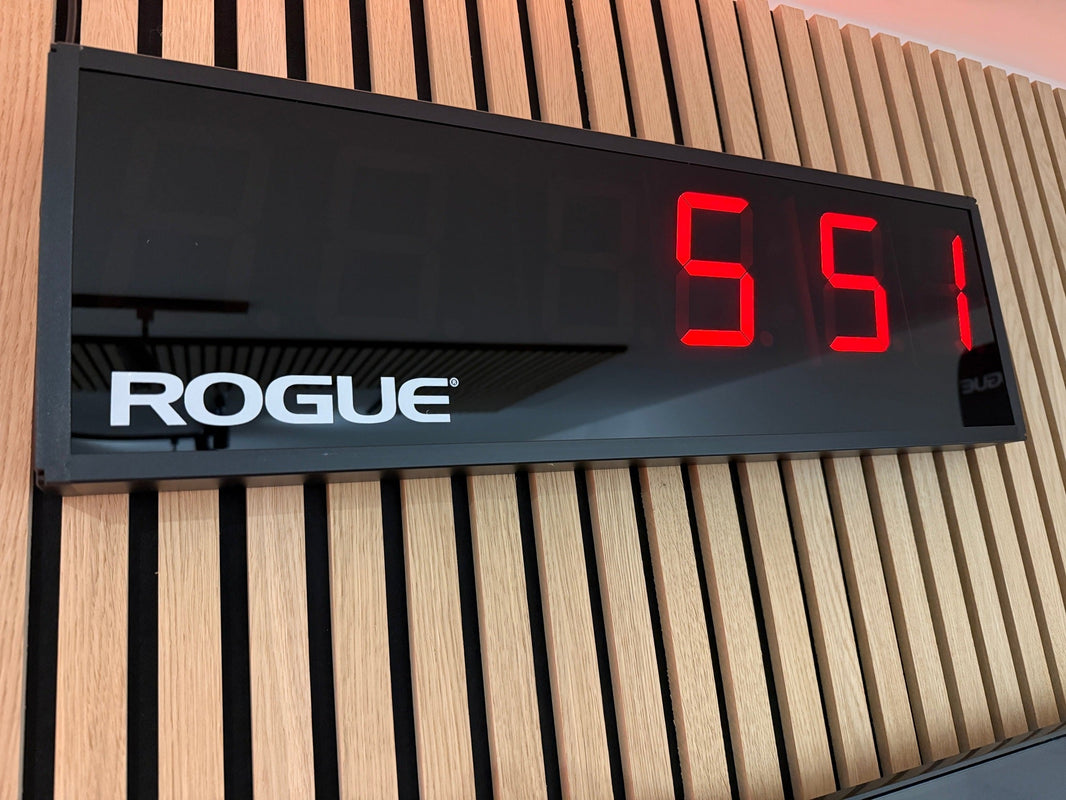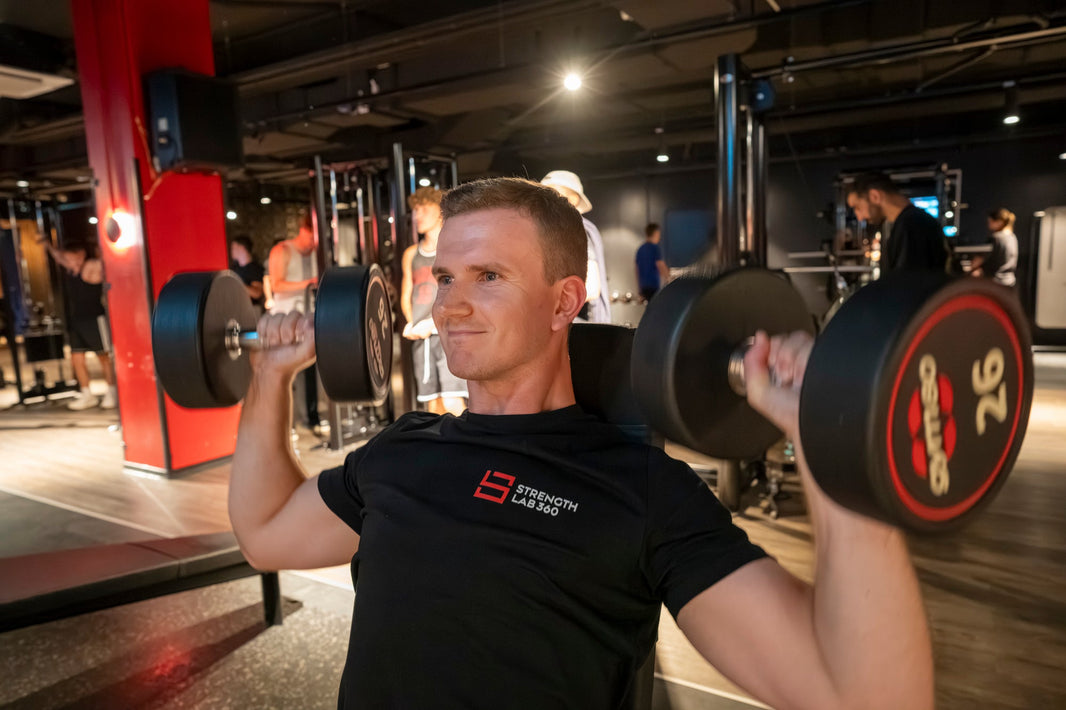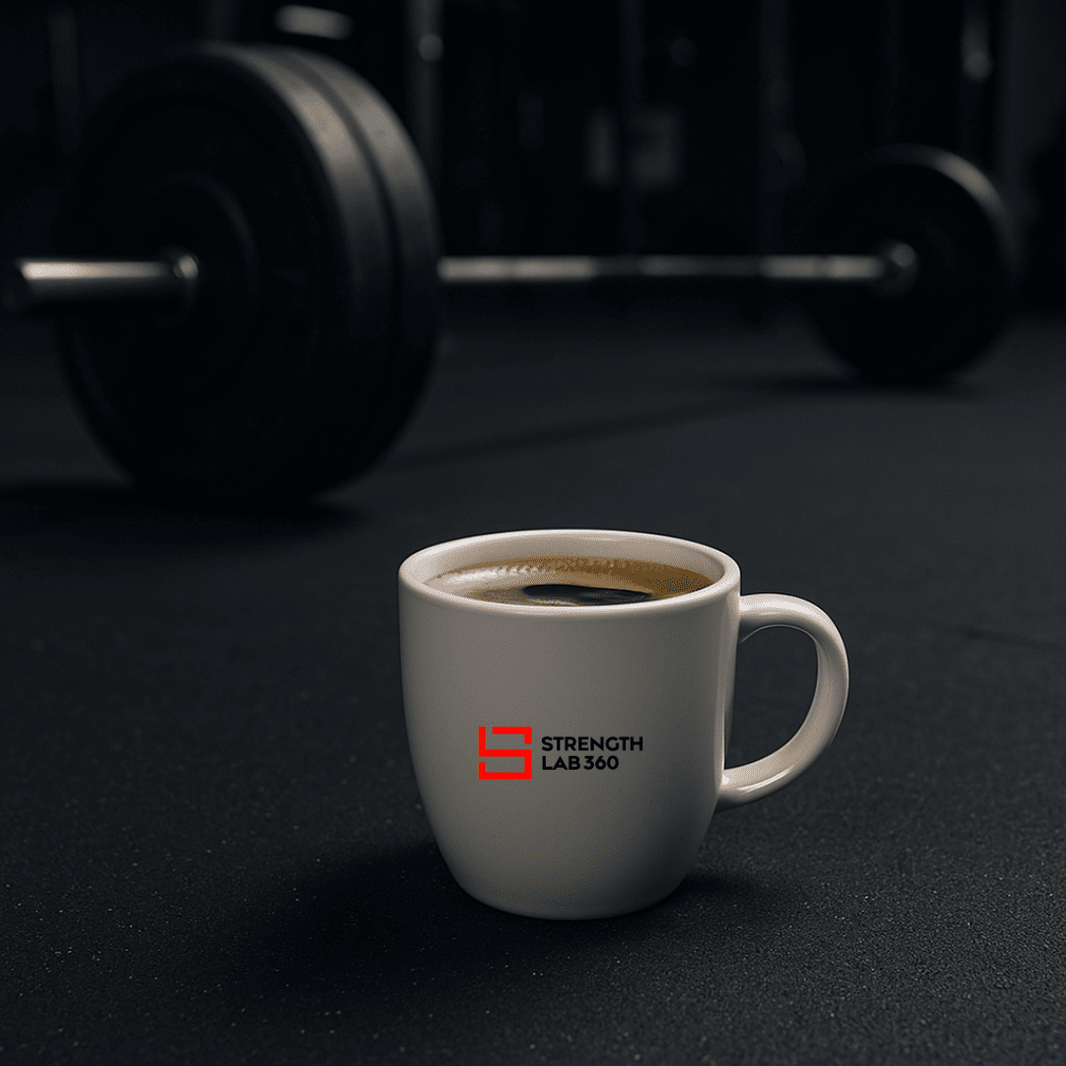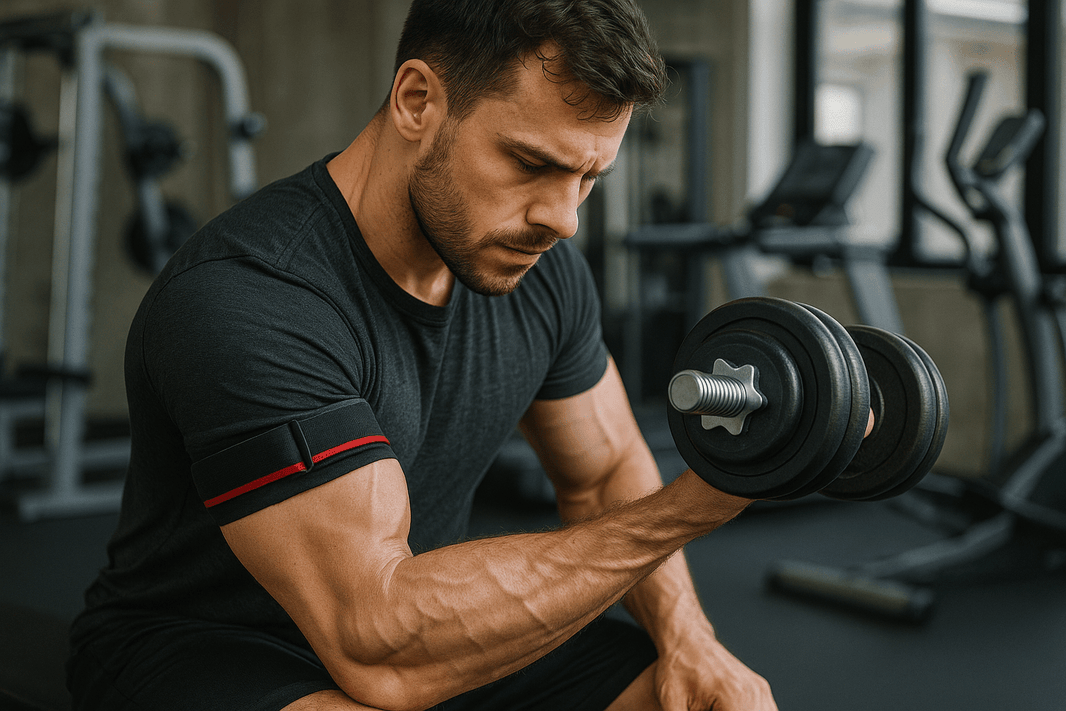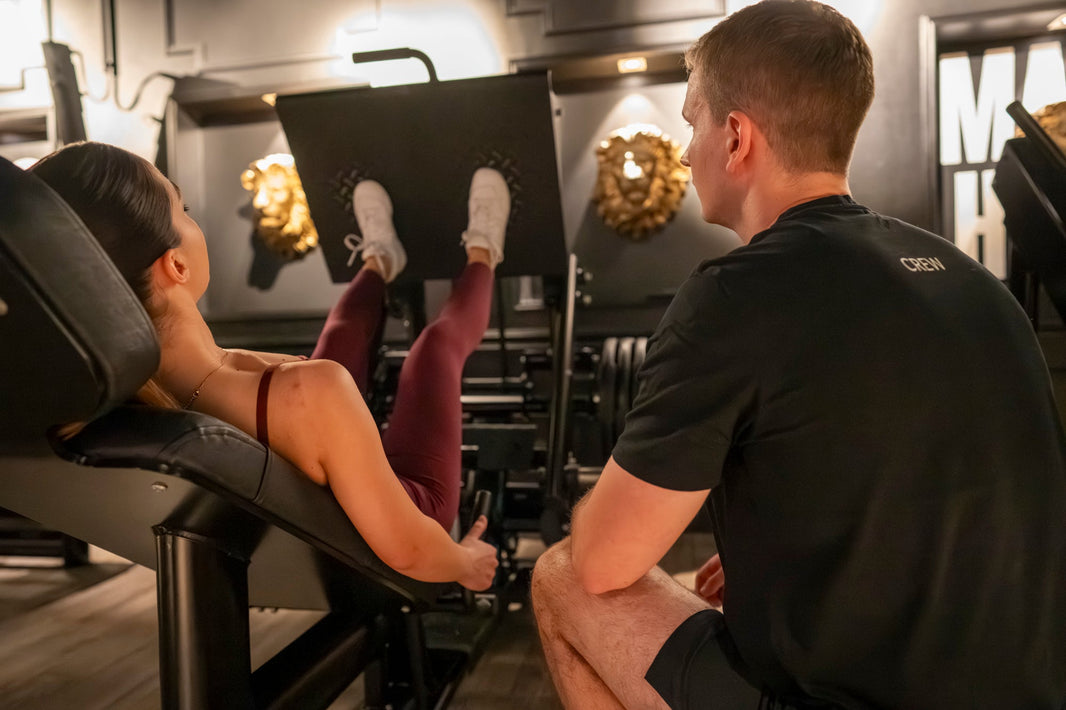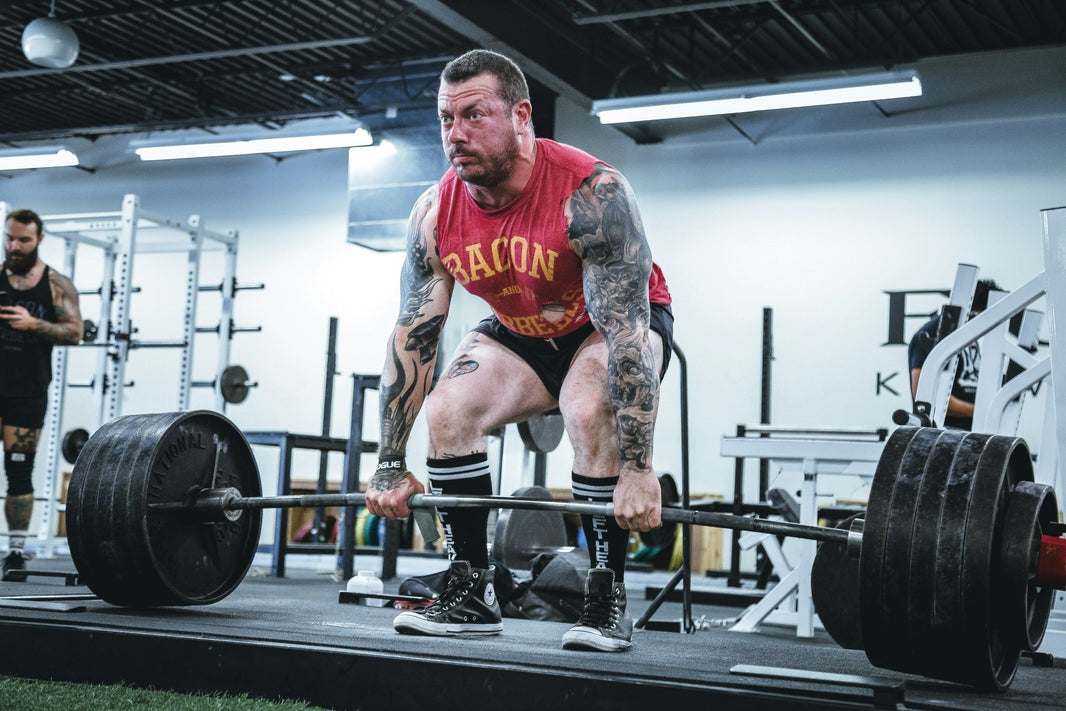Compound lifts are the foundation of effective strength training, offering significant benefits for hypertrophy, muscle strength, and functional fitness. By engaging multiple muscle groups and joints, these exercises deliver unmatched efficiency and scalability. At StrengthLab360, we focus on the biomechanics of compound lifts to help athletes refine their technique, maximize results, and minimize injury risk.
The Power of Compound Lifts
Compound lifts, including squats, deadlifts, and bench presses, are the cornerstone of most strength and hypertrophy programs. These multi-joint resistance exercises offer numerous benefits:
Engage Multiple Muscle Groups
Unlike isolation exercises, compound lifts recruit multiple muscle groups simultaneously. For example, the squat engages the quadriceps, hamstrings, glutes, core, and lower back, delivering a comprehensive workout in a single movement. This efficiency makes compound exercises ideal for athletes with limited training time (Gentil et al., 2017).
Increase Hormonal Response
Heavy compound movements stimulate the release of anabolic hormones like testosterone and growth hormone, which are essential for muscle growth and recovery. These hormonal responses enhance hypertrophy and overall strength gains (Kraemer et al., 1991).
Improve Functional Fitness
By mimicking real-world movements, compound lifts enhance coordination, balance, and overall functional strength. This carries over to daily activities and athletic performance, reducing the risk of injury during dynamic tasks.
The Biomechanics Behind Compound Lifts
Understanding the biomechanics of compound lifts is critical for optimizing performance while minimizing the risk of injury. Key principles include:
Joint Alignment
Proper joint alignment ensures that force is distributed evenly across the involved muscles and joints, reducing strain on vulnerable areas like the knees and lower back. For instance, during a squat, the knees should track over the toes to protect the joint while maximizing force transfer.
Muscle Activation
Effective muscle activation patterns are vital for maximizing strength and stability. For example, engaging the core muscles during a deadlift stabilizes the spine, enabling greater force production and reducing injury risk. StrengthLab360 emphasizes the importance of proper activation through tailored training cues and video feedback.
Range of Motion
Utilizing a full range of motion (ROM) in compound lifts optimizes muscle engagement and flexibility. For instance, achieving depth in a squat activates the glutes and hamstrings more effectively than partial reps. However, maintaining control and avoiding overextension is essential to protect the joints (Bloomquist et al., 2013).
How StrengthLab360 Enhances Your Lifting Technique
At StrengthLab360, we integrate advanced biomechanical insights into our training platform to optimize your lifting performance:
Video Feedback from Certified Coaches
Our platform allows users to upload videos of their lifts for analysis by certified coaches. These experts identify inefficiencies or errors in form and provide personalized recommendations to enhance technique.
Real-Time Analytics
Track your performance and lifting metrics with StrengthLab360’s analytics tools. Gain insights into movement patterns, force production, and muscle activation to refine your form and maximize efficiency.
Adaptive Training Plans
Our adaptive algorithms adjust your training intensity, volume, and frequency based on real-time feedback and recovery metrics. This ensures that you progress safely and effectively while minimizing the risk of overtraining.
Mastering the Big Three: Squats, Deadlifts, and Bench Presses
Squats
- Biomechanics: Squats require hip, knee, and ankle flexion, making them a lower-body powerhouse. Proper alignment and core bracing are essential for safety and performance.
- Tips: Keep the weight distributed midfoot, maintain a neutral spine, and focus on depth to fully engage the glutes and hamstrings.
Deadlifts
- Biomechanics: Deadlifts target the posterior chain, including the glutes, hamstrings, and spinal erectors. A neutral spine and proper hip hinge mechanics are critical.
- Tips: Avoid rounding the back, engage the lats for spinal stability, and use a controlled tempo to prevent injuries.
Bench Presses
- Biomechanics: The bench press primarily targets the chest, shoulders, and triceps. Proper shoulder positioning and grip width are crucial for efficient force production.
- Tips: Retract the scapulae to stabilize the shoulders, align the wrists and elbows, and maintain a consistent bar path for optimal results.
Balancing Compound and Isolation Exercises
While compound lifts are incredibly effective, isolation exercises also play a role in building balanced muscle development and addressing weak points. For example:
- Biceps curls can complement pull-ups by strengthening the elbow flexors.
- Leg extensions isolate the quadriceps to improve knee joint stability for squats.
StrengthLab360 incorporates a balanced approach, combining compound lifts with targeted isolation exercises to optimize hypertrophy and injury prevention.
The Future of Biomechanical Training
Biomechanics research continues to evolve, offering new insights into lifting efficiency, injury prevention, and performance optimization. At StrengthLab360, we remain committed to integrating the latest findings into our platform, ensuring that your training plans are informed by cutting-edge exercise science.
Mastering Compound Lifts: Key to Strength and Injury Prevention
Mastering the biomechanics of compound lifts is essential for achieving strength gains, muscle hypertrophy, and functional fitness while minimizing the risk of injury. With StrengthLab360, you gain access to advanced tools, personalized guidance, and a science-driven approach to safe and effective training.
Join StrengthLab360 today and elevate your strength training journey with biomechanical precision and efficiency.
FAQ
Compound lifts are exercises that engage multiple muscle groups and involve multiple joints. They are crucial for hypertrophy because they allow you to lift heavier weights and create greater mechanical tension on the muscles, leading to increased muscle growth and muscle size and strength. These lifts, such as the squat and bench press, stimulate the release of anabolic hormones, which further aids in muscle hypertrophy.

